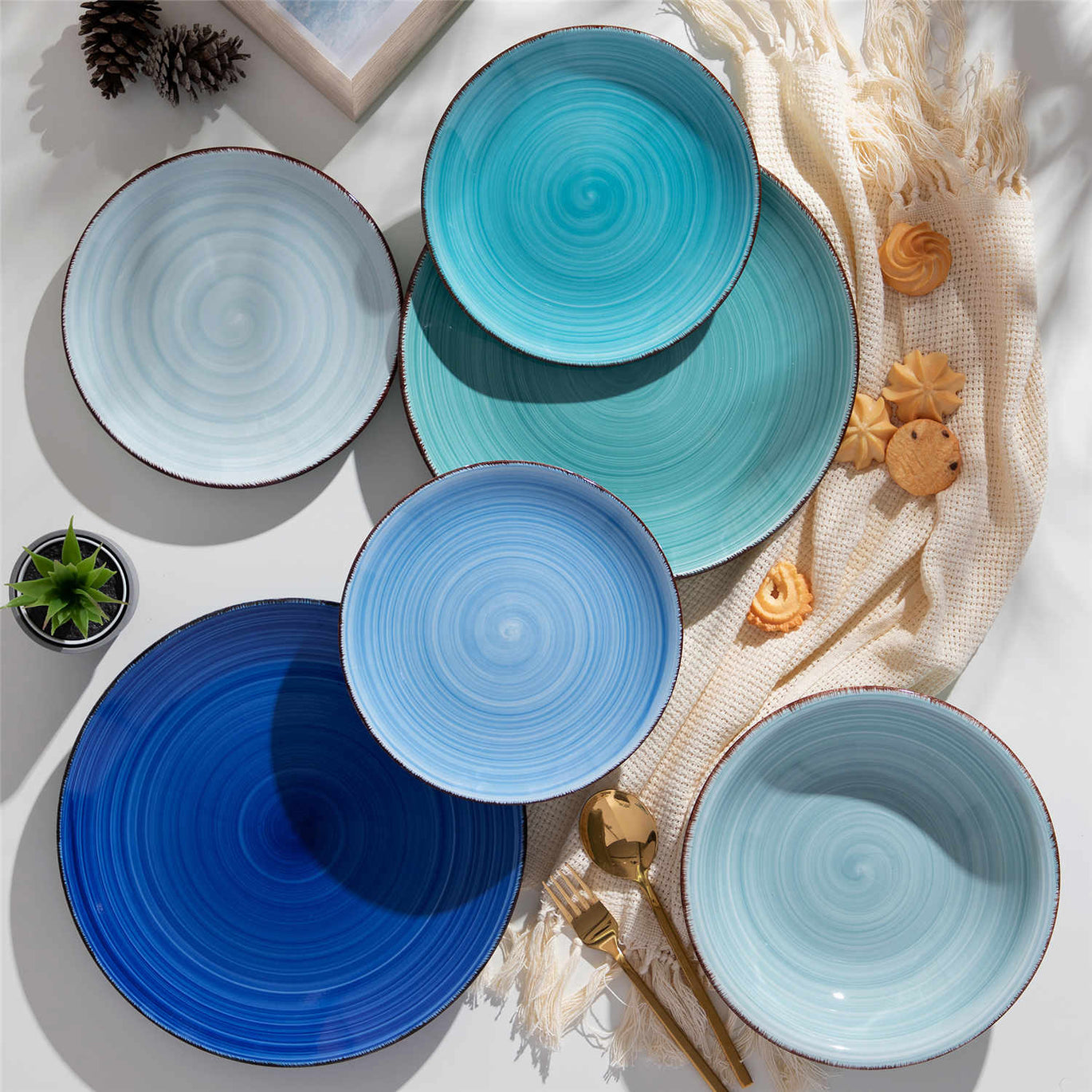Unveiling the Elegance: Discover the Timeless Allure of Formal Dining Sets
Formal dining sets hold a special place in dining culture, transforming meals into memorable experiences that go beyond mere sustenance. These exquisite arrangements not only serve food but also create an inviting atmosphere that encourages conversation and connection. Historically, formal dining has roots that intertwine with the customs and rituals of society, reflecting the social status and values of different eras. As we explore the elegance of formal dining sets, we will delve into their rich history, design elements, and practical tips for choosing and styling the perfect set for your home. Whether you’re hosting a grand celebration or an intimate gathering, understanding the art of formal dining will enrich your occasions and elevate your dining experience.

The Historical Significance of Formal Dining Sets
The journey of formal dining sets begins in the grand halls of ancient civilizations, where opulent feasts were a symbol of power and prestige. In medieval Europe, dining was an elaborate affair, with long tables adorned with richly decorated tableware and centerpieces that showcased wealth. The Renaissance brought a renewed appreciation for art and craftsmanship, leading to intricately designed dining sets that reflected the era's artistic values. As time progressed, the Industrial Revolution introduced mass production, making formal dining sets more accessible while still retaining their elegance. By the 20th century, the concept of formal dining evolved to accommodate changing lifestyles, with designs becoming more varied and innovative. From traditional wooden tables to sleek modern aesthetics, the evolution of formal dining sets mirrors the societal shifts and cultural influences of their time, making them not just functional pieces but also historical artifacts that tell a story of human connection and celebration.
Design Elements of Formal Dining Sets
At the heart of every formal dining set are the design elements that define its character and charm. Materials play a crucial role; hardwoods like oak and mahogany lend a classic, timeless feel, while metals and glass introduce a contemporary touch. The choice of colors can evoke different moods—rich, deep hues create a sense of warmth and intimacy, while lighter shades can make a space feel airy and open. Shapes also contribute to the aesthetic; rectangular tables often encourage communal dining, whereas round tables promote inclusivity and conversation. Styles range from traditional ornate carvings to minimalist modern lines, allowing homeowners to express their personal tastes. Additionally, the functionality of the dining set is paramount; extendable tables can accommodate varying guest lists, while matching chairs enhance both comfort and style. Understanding these design elements not only enriches the visual appeal but also ensures that the dining experience is both elegant and practical.
Choosing the Right Formal Dining Set
Selecting the ideal formal dining set involves careful consideration of several factors, starting with the size of your dining area. A spacious room can accommodate larger tables, making it ideal for grand gatherings, while smaller spaces may benefit from compact sets that maintain elegance without overcrowding. Compatibility with existing decor is another important aspect; a cohesive design ensures a harmonious look throughout the space. It’s also essential to think about the occasions you plan to host. If you frequently entertain guests, consider a versatile set that can effortlessly transition from casual to formal settings. Personal anecdotes can often guide these choices; a friend once shared how they opted for a classic design that complemented their vintage decor, creating a seamless blend of old-world charm and modern comfort. Ultimately, the right formal dining set should resonate with your lifestyle and aesthetic preferences, enhancing your dining experience for years to come.
Styling and Setting a Formal Dining Table
The art of styling a formal dining table is where creativity meets tradition, elevating the dining experience to new heights. Begin with the tableware; fine china, crystal glassware, and polished silverware set the stage for an elegant meal. The arrangement should follow a harmonious theme, whether it's a classic white and gold palette or a vibrant burst of seasonal colors. Centerpieces play a vital role in anchoring the table's design; fresh flowers, elegant candle arrangements, or tasteful sculptures can create a stunning focal point. Lighting is another critical element; soft, warm light can enhance the ambiance, inviting guests to relax and enjoy their time together. A close friend often recalls how lighting transformed their dinner parties, turning simple meals into enchanting evenings. By thoughtfully considering each component—from tableware to lighting—you can create a dining setting that not only looks beautiful but also fosters an atmosphere of warmth and connection.
Enhancing Your Dining Experience
Formal dining sets are more than just furniture; they are a reflection of culture, history, and personal expression. Their enduring appeal lies in their ability to transform ordinary meals into extraordinary experiences, fostering connections among family and friends. As we have explored, the rich history, intricate design elements, and practical styling tips contribute to the allure of formal dining. By embracing these aspects, you can cultivate a dining environment that honors tradition while celebrating your unique tastes. So whether you’re planning a lavish feast or an intimate dinner, let the elegance of formal dining sets enhance your gatherings and create lasting memories.



